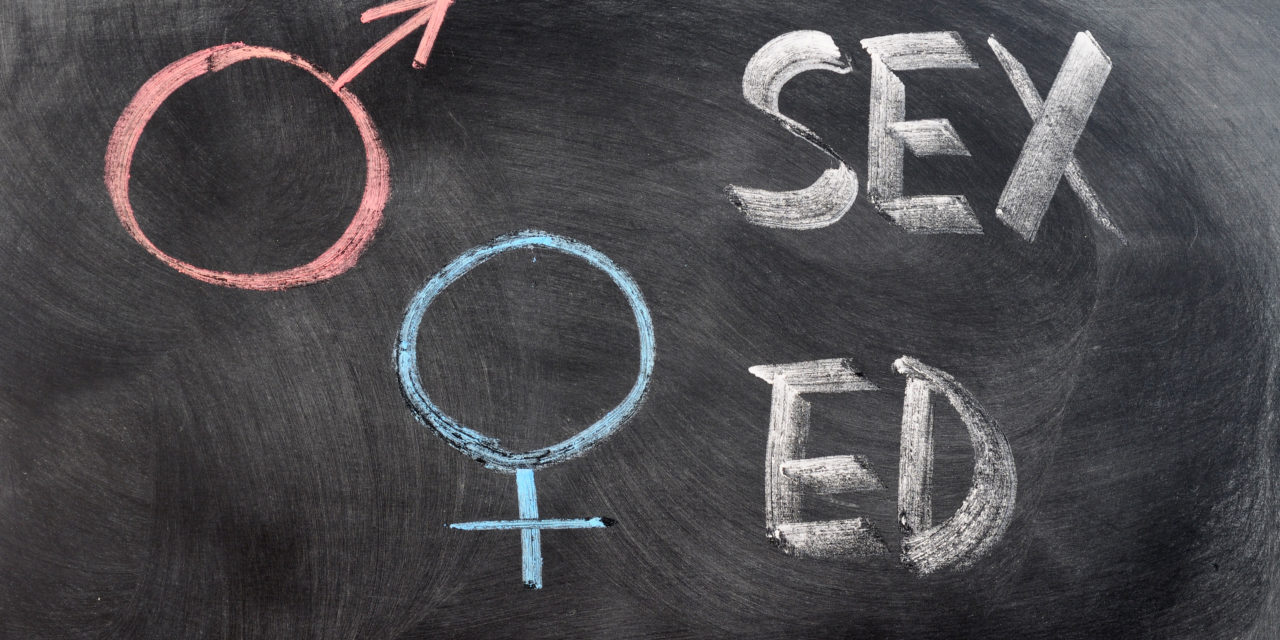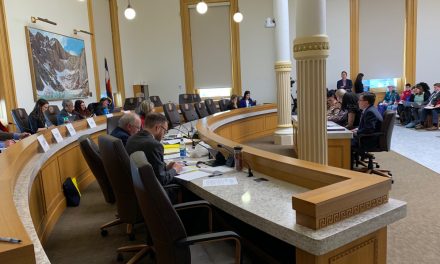Elementary schools throughout Chicago will now be in possession of 250 condoms per year, for all of those precocious and sexually active 5th graders out there.
That’s part of the upgraded options passed by the Chicago Public School (CPS) Board of Education in December. It also includes providing free menstrual products, which is actually something that preteen girls need.
But condoms for 5th graders? That’s a little much.
However, the district believes that this is necessary for students’ health.
Kenneth Fox, the CPS’ top doctor, said, “Young people have the right to accurate and clear information to make healthy decisions. And they need access to resources to protect their health and the health of others as they act on those decisions.”
“Essentially what we want to do is make condoms available to students for if and when they think they need them…When you don’t have those protections and don’t make those resources available then bad stuff happens to young people. You have elevated risks of sexually transmitted infections, of unintended pregnancies, and that’s very preventable stuff.”
I don’t know about you, but my 5th grade experience included one rather awkward and brief video session about puberty, which was pretty vague if I recall and stuck mostly with science. Getting a condom demonstration in class would have probably left me rather traumatized at the tender age of ten.
My interests at that time leaned towards hanging out with my friends, the pool, Disneyland, gymnastics, dance, crafts, tetherball and other activities associated with childhood, not condoms and bananas.
But in this hyper-sexualized time, children are being exposed to much more than just a simple biology lesson.
Most girls won’t even start their periods until the age of 12, yet we want to teach them how to have safe sex. It doesn’t really make much sense.
Fox states that this decision was “informed by a developmental understanding of children.” Is that really the case? Or has this decision been instituted by adults who are so disassociated with children and childhood that they see prepubescent children engaging with sex rather than still enjoying the simple joys of being a child before going off to middle school and high school?
There are instances where elementary children have sadly been involved in sexual situations at school, including two second graders who engaged in oral sex in the classroom, but shouldn’t the emphasis be on trying to figure out how to better protect the innocence of children rather than essentially encouraging them to have sex?
Wouldn’t it be better to help teach parents how to institute blockers on their child’s computer and phone to help protect them from explicit pornography rather than encouraging children to indulge in what they’ve already seen onscreen?
Scout Bratt, the outreach and education director at the Chicago Women’s Health Center, disagrees and sees providing condoms to children as “a harm reduction approach.”
“I want to be really clear that the existence of condoms does not mean that all students are going to be using those condoms or encouraged to use them,” Bratt said. “The idea is to say we are educational centers, we are community health centers essentially, and we know to invest in young folks’ health and well-being by providing comprehensive sex ed, it means we also need to provide the resources.
“We want students to come to us and to have access to those condoms for free as opposed to potentially having to find them elsewhere or choose not to use condoms. … It is about recognizing that school is investing in young people’s health.”
According to Live Action, several studies have shown that “comprehensive sex ed actually had negative effects on teen sexual health and behavior, including increased sexual activity and other risky behaviors.”
Providing condoms to young children not only exposes them to sexual activity prematurely but is also a way for the abortion industry to ensnare young and impressionable minds, who will be more likely to seek out Planned Parenthood and other similar clinics for sexually transmitted disease testing and treatment and abortion without their parents’ knowledge.
Either way, it’s a reflection of the dangers of relying on the school system to teach sexual education, rather than parents and families.






